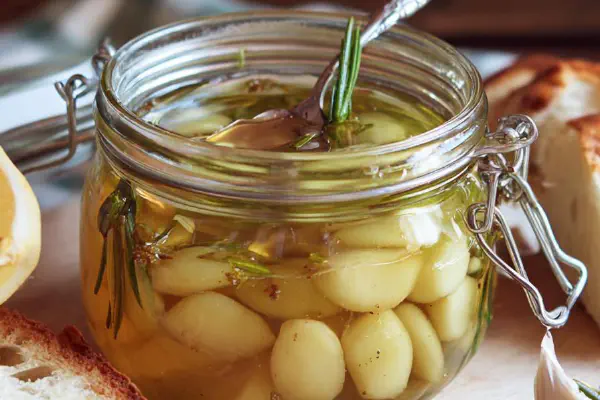Featured Recipe
Cilantro Lime Cooler

By Kate
"
A fresh 2 1/2 litre lime-herb water with punchy cilantro and zesty lime. Use lemon verbena instead of coriander for a brighter citrus-herbal lift. Aromatic herbs infuse cold water slowly, best overnight. Swapping limes with a mix of key limes and Meyer lemon adds depth. Clean ingredients prevent muddy flavors. Chill 6-7 hours minimum; watch visual clarity and herb color for readiness. Oversteeping amplifies bitterness. Good in summer or anytime you want crisp, lightly zingy hydration.
"
Prep:
10 min
Cook:
0 min
Total:
Serves:
8 servings
infusion
refreshment
healthy drinks
Introduction
No stepping back on basics here — water infusions need care. Coriander’s cousin, cilantro, sharper and greener, gives zing. Limes punch, cucumber cools. Not a mix to dump and forget. Herbs bruise easily; rinse with patience, no dangling leaves left muddy in jug to spoil clarity and taste. Cold water infuses slow — patience pays. Overnight usually, because heat wrecks fresh flavors. Watch colors not clocks — herbs dull, limes turn chalky if pushed. Simple ingredients, tricky balance. Drink soon. Refresh, reset, no excuses for musty or bitter water in your glass.
Ingredients
About the ingredients
Filtered water is king here — tap water often carries chlorine or minerals that cloud or dull fresh flavors. Cilantro (not coriander seeds) gives a bright green fresh aroma and a tiny peppery bite; avoid pre-packaged bagged herbs which may be wet or limp. Swap cilantro for lemon verbena or mint for a floral-menthol twist; reduce herb by about 20% to avoid overpowering notes. Thin lime wedges release oils gently; thicker bits give bitterness. Cucumber adds mild sweetness and texture cues — use peeled to avoid bitter skin oils. Keep herbs and fruit dry before infusion — moisture can reduce shelf life and clarity by encouraging microbial growth.
Method
Technique Tips
Rinse herbs thoroughly but pat dry to avoid watering down infusion. Thin lime cuts extract essential oils without excessive pith bitterness — be mindful about how much white you trim; bitterness creeps quickly in cold water overnight. Layer ingredients gently to avoid bruising delicate leaves; bruised herbs leak chlorophyll and tannins, muddying color and taste. Steeping overnight is not arbitrary — it’s about waiting for cell walls in herbs and fruit to release flavors slowly. Check infusion visually after 6 hours: herbs should still look fresh, not dull, water slightly colored by citrus oils and cucumber slick. Oversteeping causes vegetal bitterness and loss of brightness. If cloudiness appears before 24 hours, strain and refresh with clean water immediately. Keep infusion cold always to protect delicate flavors and prevent bacterial growth. When serving, pour half carefully to control sediments floating in glass.
Chef's Notes
- 💡 Rinse cilantro under cold water. Shake dry. Must be dry to avoid muddy flavors. Too much water causes clouding.
- 💡 Slice limes thin. Thin cuts release essential oils better. Watch the pith. Too much pith, too bitter.
- 💡 Cucumber adds fresh note but peel first. Skin can impart bitterness. Slice thinly to maintain texture.
- 💡 Use a clear pitcher. Visibility matters. Water first to avoid herb splashing. Layer carefully; bruising ruins aroma.
- 💡 Infuse overnight; don’t rush. Taste changes past 24 hours; bitter notes and grassy flavors develop. Cool always.
Kitchen Wisdom
How long can I steep the herbs?
6 hours minimum. Best overnight. But watch color — dull herbs, bad taste.
What if it turns cloudy or bitter?
Strain immediately. Refresh with clean water. Prioritize flavor clarity.
Can I use other herbs?
Yes — mint, lemon verbena work well. Adjust quantities; delicate herbs require less.
What's the best way to store it?
Keep cold always. Use airtight containers. Limit exposure to air and light.



